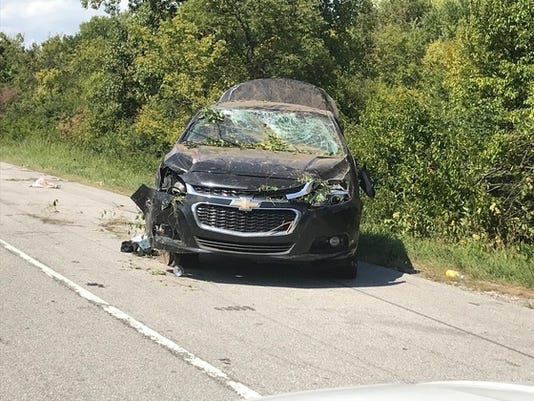How insurance agencies figure lessened esteem claims
Stage 1: CALCULATE THE VALUE OF THE CAR
The 17c equation starts with the NADA estimation of your
auto. It is a sensible place to begin and they will alter the NADA number up
for whatever overhauls you have on the base model of your auto. At that point
they will change the number down for any earlier harm and after that alter up
or down in light of the mileage (keep this is mind). That number delivers a
retail esteem or market an incentive on your auto. As it were, it creates the
sensible deals cost for your auto. Up until now, this part is practically
sensible. Nothing is a generally utilized device for evaluating autos yet it
doesn't represent geographic modifications in esteem. For instance, an auto
quite often offers at a premium in a wealthier region than a less well off
region.
So not the most exceedingly awful beginning stage, but
rather not impeccable, either.
Stage 2: APPLY AN ARBITRARY CAP FOR DAMAGES
17c takes the retail estimation of the auto from stage one
and duplicates is by 0.10 to deliver the "base loss of significant
worth". What this means is a programmed 10% top on the decreased esteem.
There is no real or sensible reason for this top. It was recently made up some
place in the workplaces of State Farm. I have never observed any insurance
agency give an avocation to this top is situated actually or reason. The
insurance agencies could study auto merchants to decide the ordinarily utilized
equations to markdown the cost of a vehicle due to earlier harm on the offer
side of vehicle exchanges. I've never observed even an unstable endeavor made
to legitimize this number. However, it is generally utilized.
Stage 3: APPLY A DAMAGE MULTIPLIER
Since the insurance agency has set a maximum utmost, it will
start decreasing your claim. To begin with it applies a harm multiplier. This multiplier
lessens your measure of your claim in view of how serious the harm was to your
auto. On the off chance that you just have restorative harm then the multiplier
is little and extremely diminishes your claim. In the event that there is
considerable auxiliary harm then the multiplier is expansive and your claim is
diminished somewhat or not in any way.
You assume the base loss of significant worth and duplicate
it by this number in view of the level of harm:
• 1:
serious basic harm
• 0.75:
real harm to structure and boards
• 0.50:
direct harm to structure and boards
• 0.25:
minor harm to structure and boards
• 0.00: no
basic harm or supplanted boards
Obviously, you may discover missing from this computation
any specify of mechanical harm. That is on account of the fundamental introduce
of this multiplier is that they are truly paying for harm that couldn't be
settled by supplanting parts. So harm to the structure is recoverable in light
of the fact that everything they can do is pound the structure back to its
unique shape. Be that as it may, anything that can be supplanted or is
supplanted is not recoverable. That backpedals to the estimation of the
repairs, not what the proprietor will lose in esteem when offering the vehicle.
This is another motivation behind why this equation is
improper. It isn't remunerating you for lost deal esteem. Purchasers couldn't
care less whether a quarter board was supplanted rather than reshaped. They do
mind that the auto was in a mischance and needed to experience body work. That
is the decreased esteem.
Stage 4: DOUBLE DIP ON THE MILEAGE
Keep when I instructed you to remember at the top of the
priority list that we marked down the retail estimation of the auto in light of
mileage? The insurance agency will twofold plunge with a moment multiplier. The
mileage multiplier rebates the decreased esteem guarantee in light of mileage.
It works the same as the harm multiplier in the last advance however applies
these figures:
• 1.0:
0-19,999 miles
• 0.80:
20,000-39,999 miles
• 0.60:
40,000-59,999 miles
• 0.40:
60,000-79,999 miles
• 0.20:
80,000-99.999 miles
• 0.00:
100,000+
It's hard to believe, but it's true. Every one of us with
vehicles with more than 100,000 miles have our cases consequently diminished to
zero. Does that sound good to you? It doesn't sound good to me. It's lacking
honesty. It's sufficiently terrible that they are twofold plunging on mileage
however they are removing a tremendous number of vehicles with these discretionary
numbers.
For more information, Contact Total Loss Valuation Atlanta

